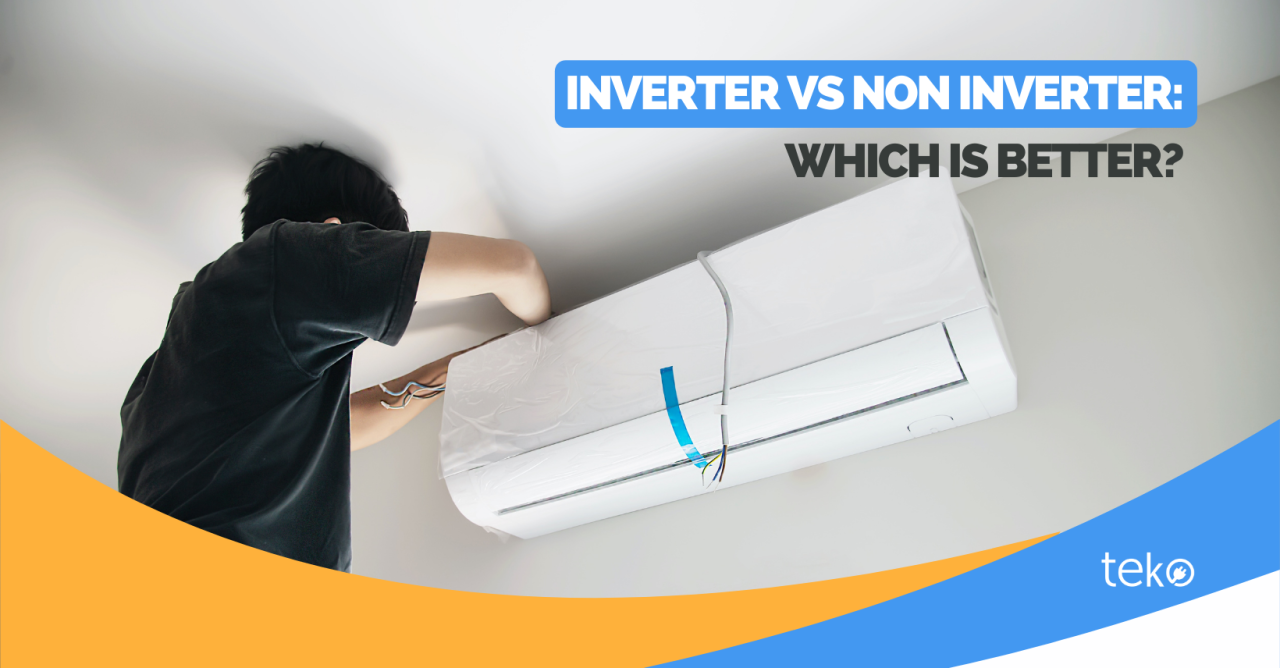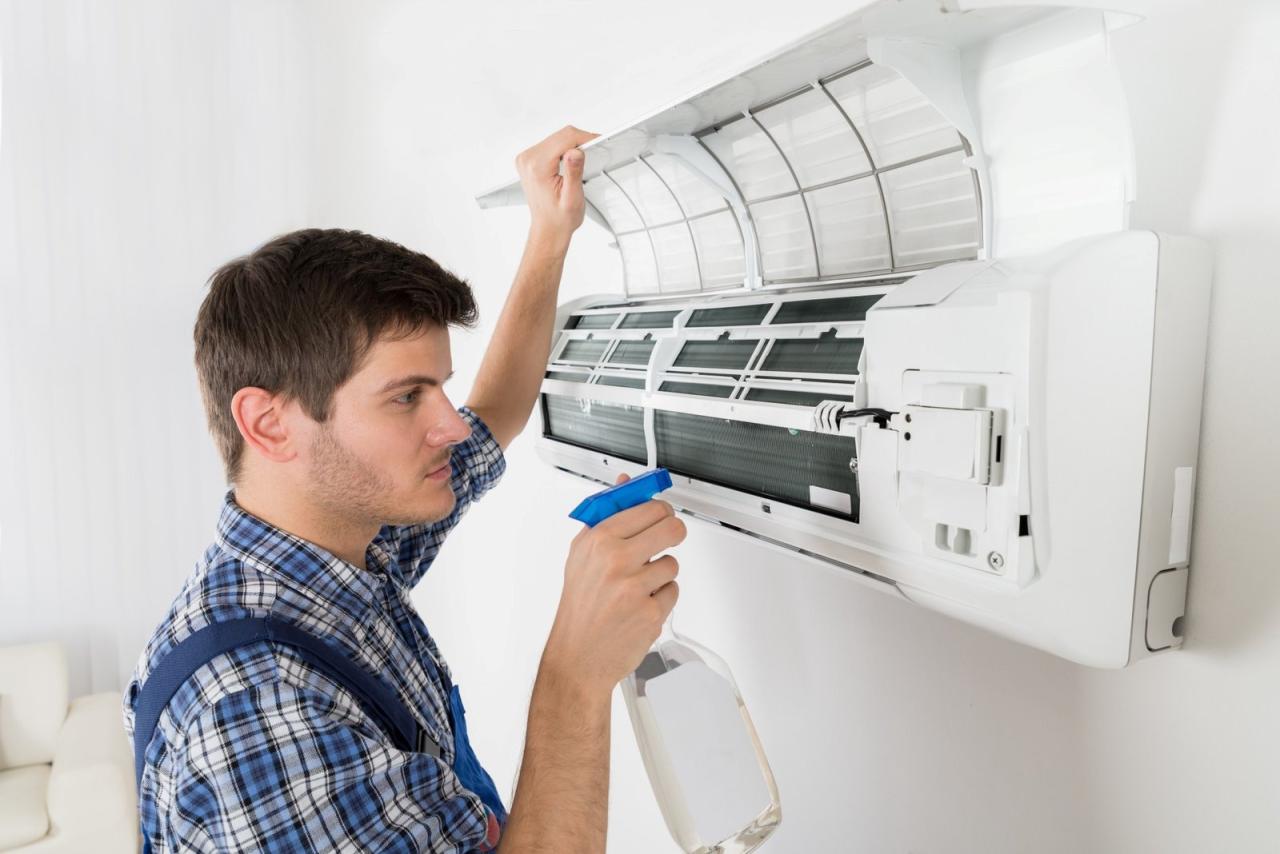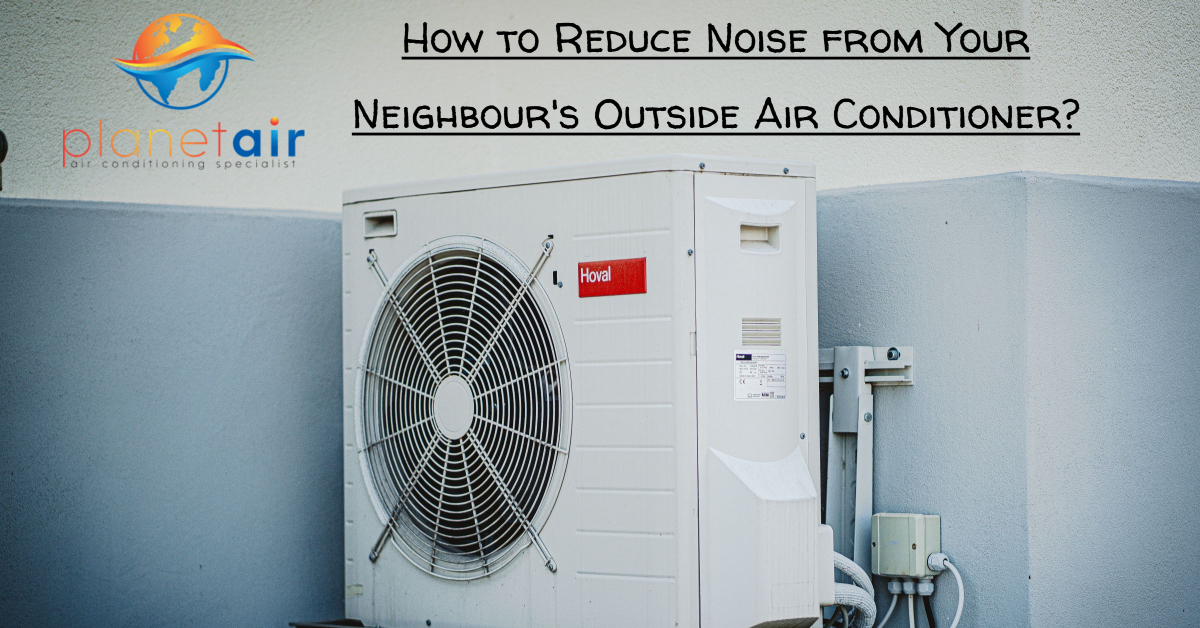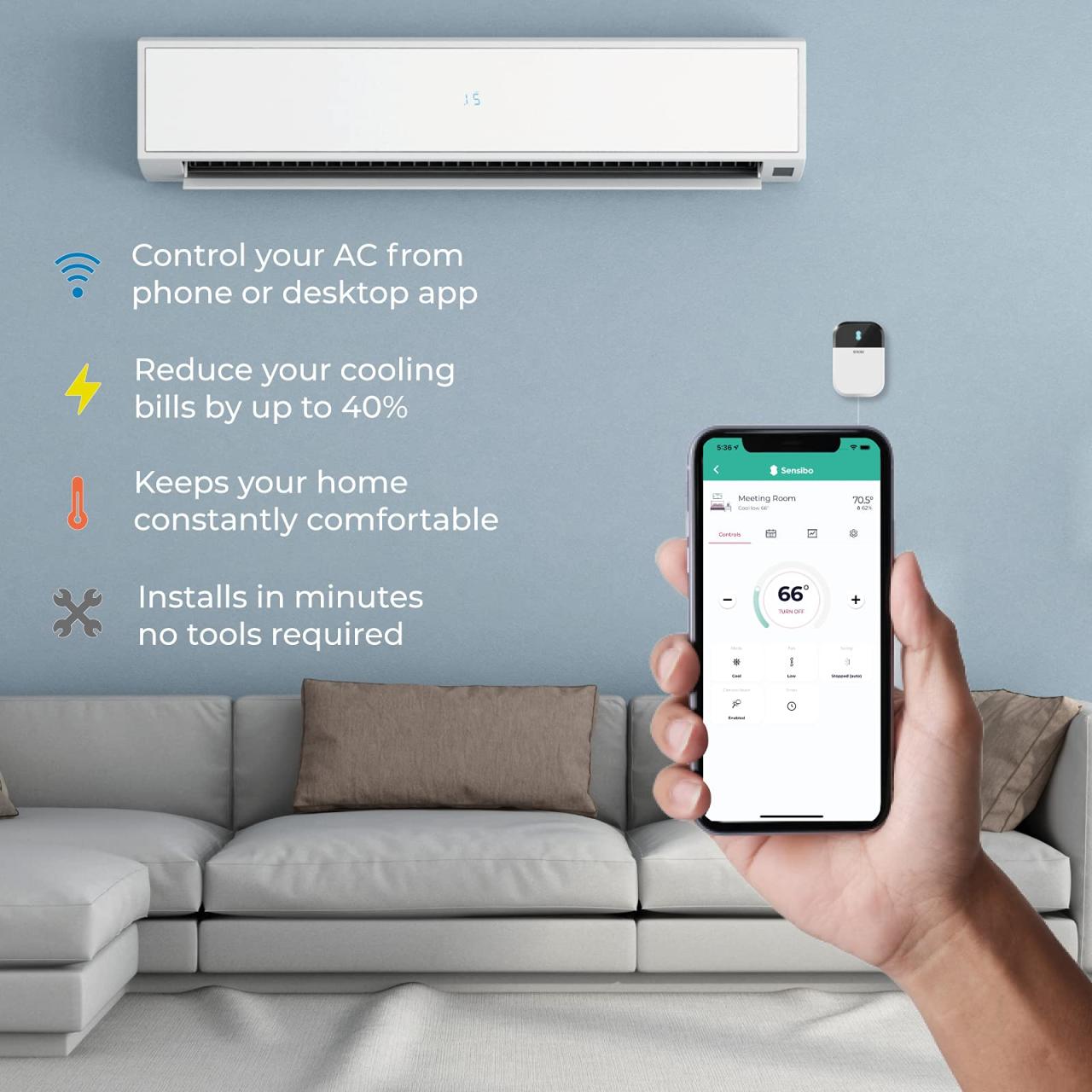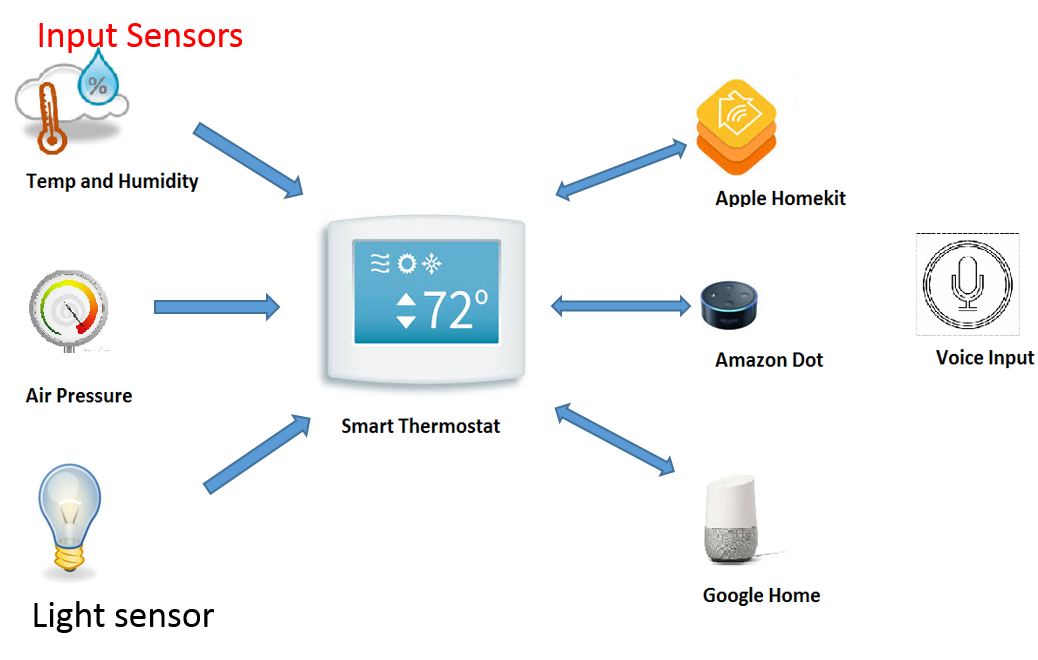Interior Ventilation Requirements for Home-Based Server Rooms: A Comprehensive Guide
Embarking on the exploration of interior ventilation requirements for home-based server rooms, we delve into the essential aspects that ensure optimal performance and longevity of your server setup. From the importance of proper ventilation to the considerations for system design, this guide aims to shed light on the critical factors that every server room owner should know.
As we unravel the complexities of ventilation in the context of home-based server rooms, you will gain valuable insights into creating a conducive environment for your server infrastructure.
Importance of Proper Ventilation
Proper ventilation is crucial for home-based server rooms to ensure optimal performance and longevity of the servers. Without adequate ventilation, servers can overheat, leading to hardware failure and data loss.
Potential Risks of Inadequate Ventilation
- Increased risk of overheating: Inadequate ventilation can cause the temperature inside the server room to rise, leading to overheating of the servers.
- Reduced server lifespan: Continuous exposure to high temperatures due to poor ventilation can significantly reduce the lifespan of the servers.
- Data loss: Overheating caused by inadequate ventilation can result in data loss due to hardware malfunctions.
Impact of Temperature and Humidity
Proper ventilation helps regulate the temperature and humidity levels in the server room, which are critical for optimal server performance. Servers operate best within a specific temperature and humidity range. High temperatures can cause components to degrade faster, while high humidity levels can lead to condensation and corrosion of sensitive parts.
Considerations for Ventilation System Design
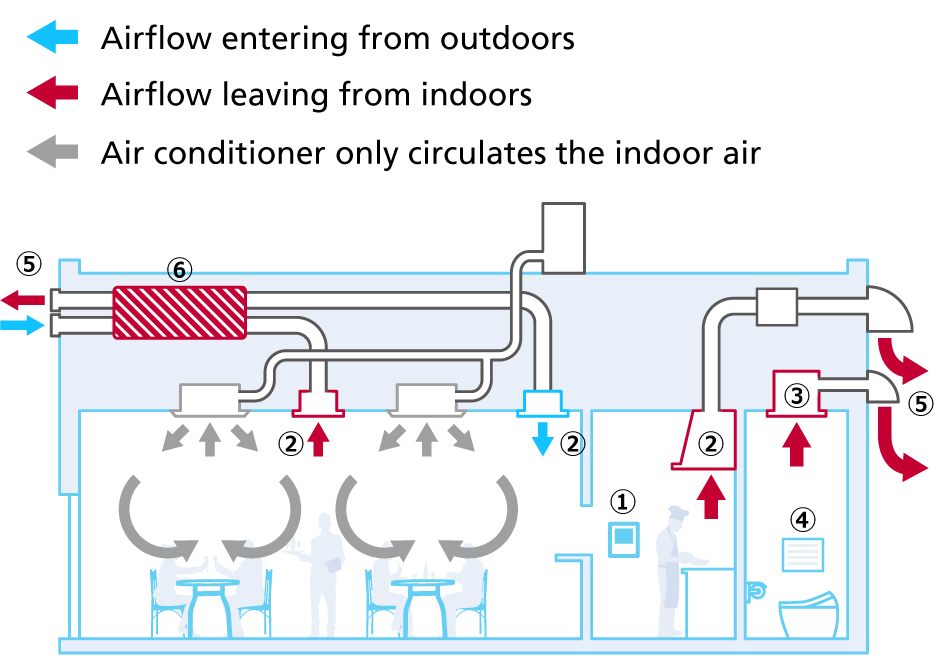
When designing a ventilation system for a server room, several factors need to be taken into consideration to ensure optimal performance and efficiency. These factors include the size of the server room, the heat generated by the servers, the airflow requirements, and the layout of the room.
Recommended Airflow Requirements
To determine the recommended airflow requirements for a server room, it is essential to consider the total heat output of the servers. Typically, it is recommended to have a minimum of 1 CFM (cubic feet per minute) of airflow for every 1W of heat generated by the servers.
This calculation helps ensure that the servers remain cool and operate efficiently.
- For small server rooms with lower server capacity, natural ventilation through windows or vents may be sufficient to meet airflow requirements.
- For larger server rooms or rooms with higher server capacity, mechanical ventilation systems such as exhaust fans or air conditioning units may be necessary to maintain proper airflow and cooling.
- Consider implementing a combination of natural and mechanical ventilation systems to ensure adequate airflow while minimizing energy consumption.
Ventilation Equipment and Setup
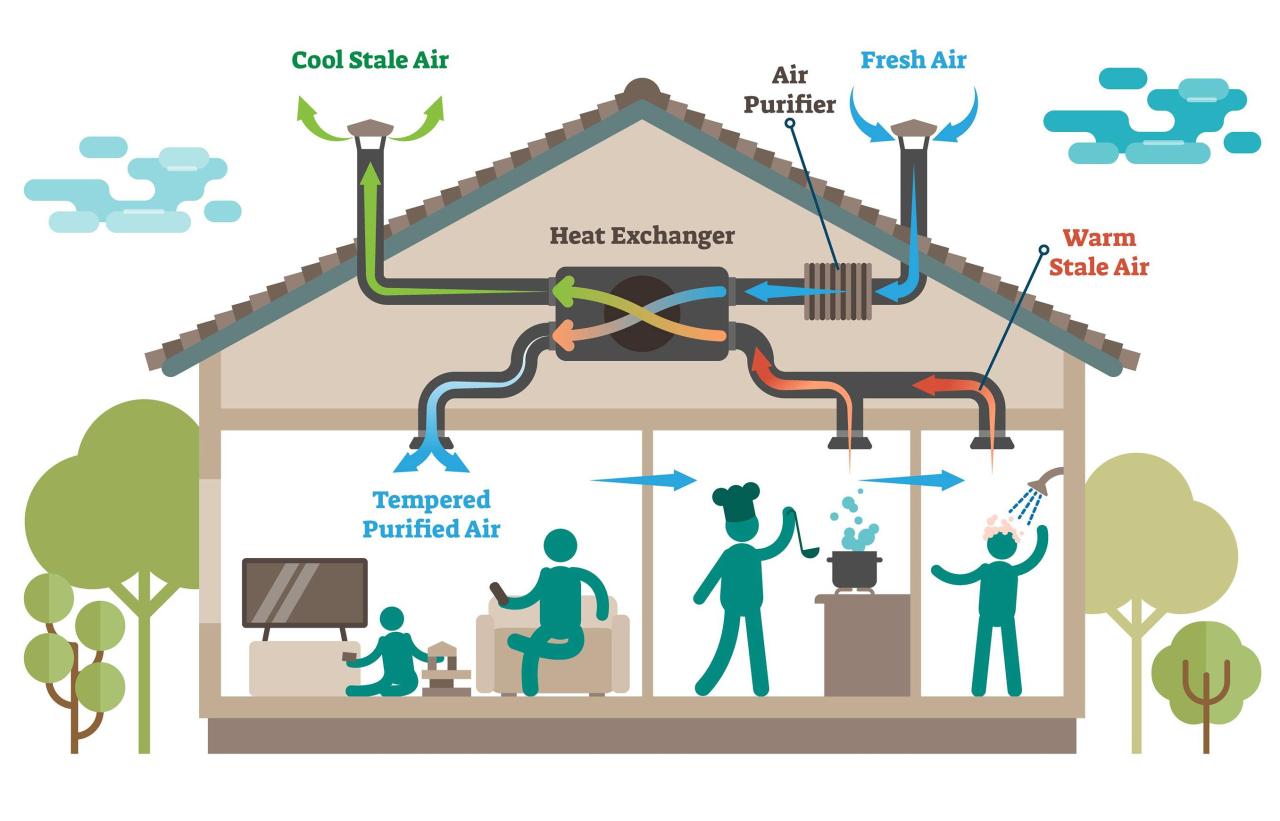
When it comes to setting up proper ventilation for your home-based server room, choosing the right equipment is crucial for maintaining optimal airflow and temperature control. Here, we will discuss the types of ventilation equipment commonly used, guidelines for vent placement, and the importance of air filters in server room ventilation.
Types of Ventilation Equipment
- Air Conditioners: These are essential for cooling the server room and maintaining a consistent temperature.
- Fans: Fans help circulate air within the room and can be used in conjunction with air conditioners for better airflow.
- Ventilation Ducts: Ducts help channel air throughout the room and are essential for proper ventilation.
Placement of Intake and Exhaust Vents
- Intake Vents: These should be placed near the floor to bring in cooler air from outside or the rest of the house.
- Exhaust Vents: Placing exhaust vents near the ceiling allows hot air to escape, maintaining a consistent airflow and temperature.
Importance of Air Filters
Air filters are crucial for maintaining the air quality in your server room by trapping dust, debris, and other particles that could potentially harm your equipment. Regular maintenance of air filters is essential to ensure efficient ventilation and prevent any build-up that could obstruct airflow.
Monitoring and Maintaining Ventilation
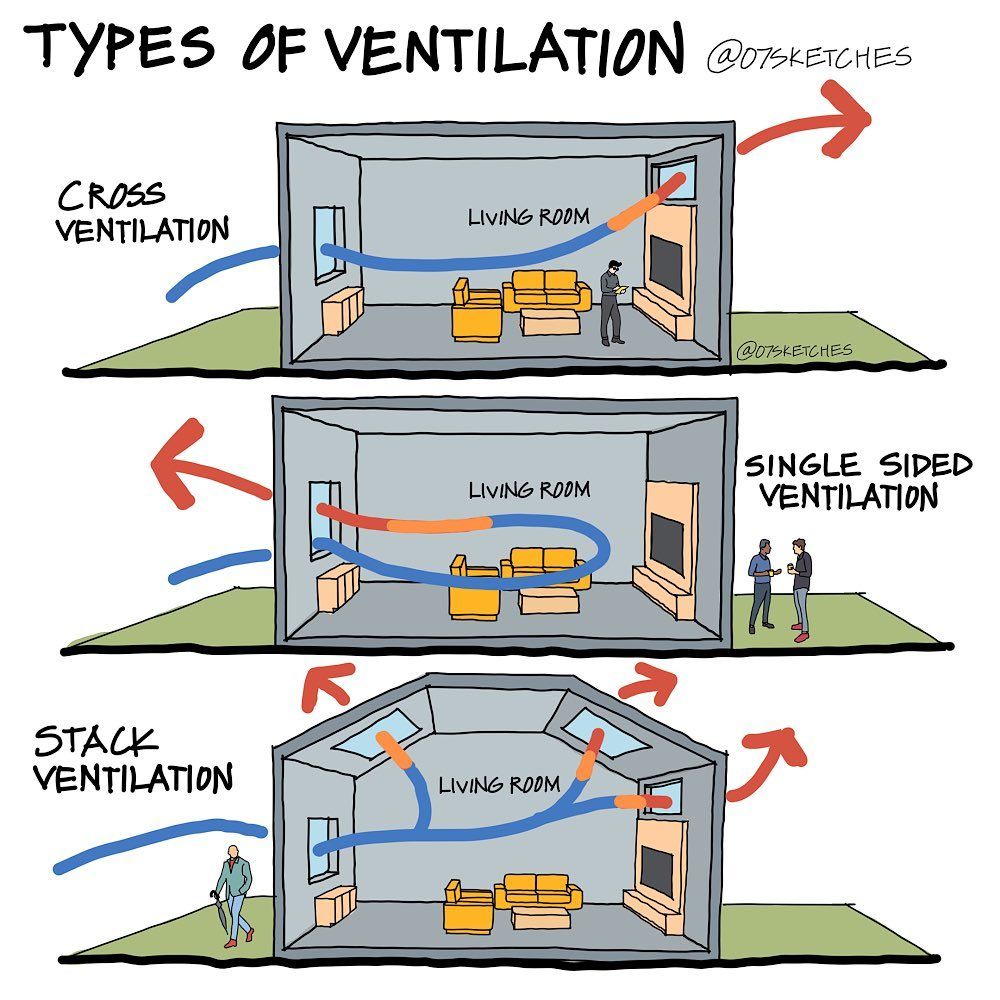
Maintaining proper ventilation in a home-based server room is crucial for the efficient operation of your equipment. Monitoring temperature and humidity levels, as well as ensuring the ventilation system is well-maintained, are key aspects of keeping your server room running smoothly.
Monitoring Temperature and Humidity Levels
- Invest in a quality temperature and humidity monitoring device specifically designed for server rooms. These devices can provide real-time data and alerts to help you stay on top of any fluctuations.
- Regularly check and record temperature and humidity levels to identify any trends or abnormalities. This data can help you adjust your ventilation system as needed.
Maintaining Ventilation Systems
- Regularly clean and inspect ventilation ducts, filters, and fans to ensure they are free of debris and operating efficiently.
- Check for any leaks or blockages in the ventilation system that could hinder proper airflow. Addressing these issues promptly can prevent overheating and equipment failure.
- Consider scheduling routine maintenance with a professional HVAC technician to ensure your ventilation system is in optimal condition.
Troubleshooting Common Ventilation Issues
- If you notice temperature fluctuations or hot spots in your server room, check for obstructions around air vents and ensure they are clear for proper airflow.
- If humidity levels are too high, consider investing in a dehumidifier to maintain a consistent and ideal environment for your equipment.
- If you encounter persistent ventilation problems, such as noisy fans or inconsistent airflow, consult with a professional to diagnose and address the issue effectively.
Epilogue
In conclusion, understanding and implementing the right ventilation requirements for your home-based server room is paramount for maintaining efficiency and preventing potential risks. By following the guidelines Artikeld in this comprehensive guide, you can ensure that your server setup operates smoothly and reliably.
Common Queries
What are the risks of inadequate ventilation in a home-based server room?
Inadequate ventilation can lead to overheating of servers, reduced performance, and even hardware failure due to excessive heat buildup.
How can I determine the optimal airflow requirements for my server room?
Calculate the total heat output of your servers and choose a ventilation system that can handle the corresponding airflow to maintain a stable temperature.
Are air filters necessary for server room ventilation?
Absolutely. Air filters help prevent dust and debris from entering the server equipment, reducing the risk of damage and improving overall air quality.
What are the best practices for maintaining ventilation systems in home-based server rooms?
Regularly clean air vents, replace filters as needed, and monitor temperature and humidity levels to ensure the system functions optimally.
